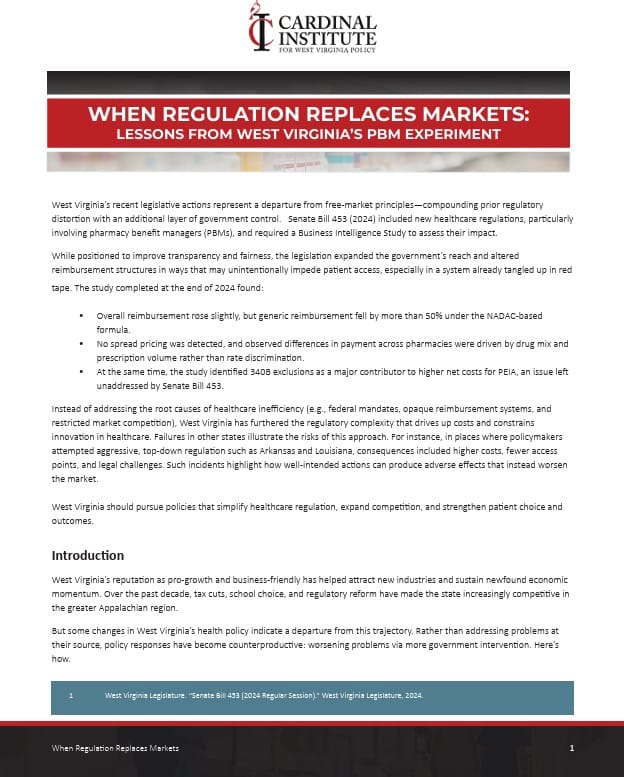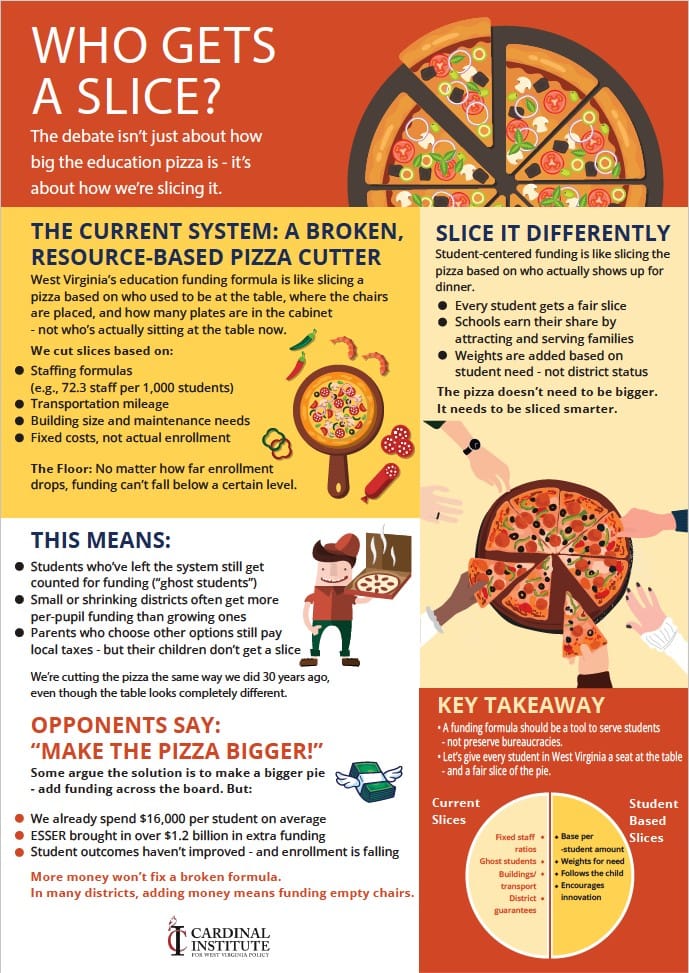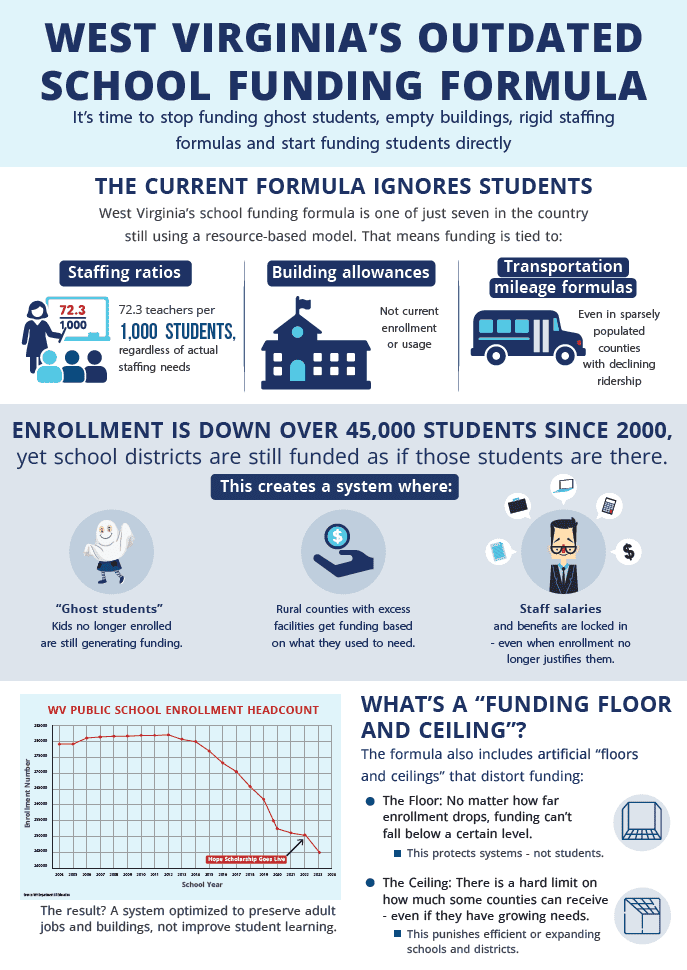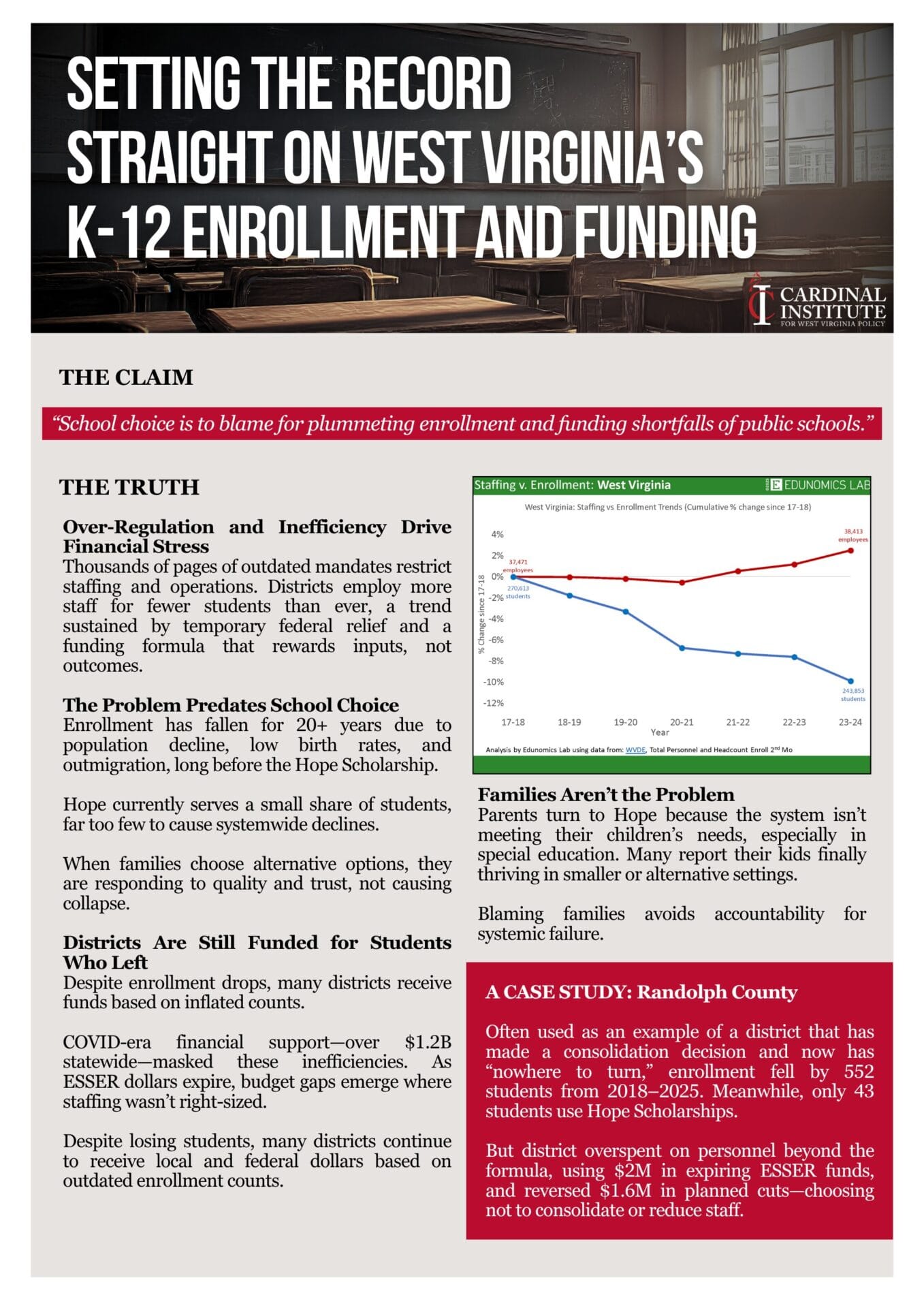
Bullying & School Choice
Bullying: Every Person’s Worst Nightmare
It is every family’s worst nightmare, but it is the life the Teusch are living after their 10-year old son Sammy took his own life due to bullying at school. Sammy’s family says that the local school system, Greenfield-Central Community Schools in Greenfield, Indiana, was part of the problem.
The Teusch family says that over 20 calls were made by the family to the school over Sammy’s bullying issues. They also say the school would call them to tell them Sammy was hiding–under desks, in closets, wherever he could escape his tormentors. All this, and the school system says it has no record of bullying complaints from the Teusch family, though it admits that “contact” between the school and the Teusch family was frequent over the last 18 months.
School Choice Can Provide Safety for Children
School Choice proponents often harp, as we should, on the positive educational outcomes of school choice. But something that may go overlooked is the flexibility that School Choice offers families who are looking for alternatives unrelated to higher test scores and arguably more important: their child’s safety.
Every family deserves to have multiple education options available and eligible for the funding earmarked for their child’s education. They deserve the ability to remove their children from unsafe environments and those who would open schools dedicated to maintaining safe environments should have the opportunity to flourish. No family should have to send their children somewhere unsafe because there are no other options and these unsafe places should see their headcounts and funding fade away.
Families would get all this via Universal School Choice.
Universal School Choice Provides Many Alternatives For Kids Struggling with Bullying
The system is easy to imagine. Parents would be given vouchers, one for each child, that would be redeemable in the amount of the per pupil funding that is already spent now. In West Virginia’s case, that is over $12,000 if you include federal and local funding, which this author argues in favor of. Families could then use these vouchers to send their children to any school they wish. They could choose public, charter, or private. The schools could be traditional, microschool, or montessori. Some families may choose brick-and-mortar, virtual, or even homeschool.
Parents would have options for their children in education much like they do with food or clothing. Schools would compete to be the best and attract more funding. The system would reward good schools. Bad schools would close. Families like the Teusch’s would be able to pull their children from unsafe schools. And with access to their children’s funding, they could quickly find alternatives. School Choice allows parents to decide not just where their children will be best educated but also where their children will be best protected.
Jacob McCoy is a Contributor to the Cardinal’s Nest Blog.







